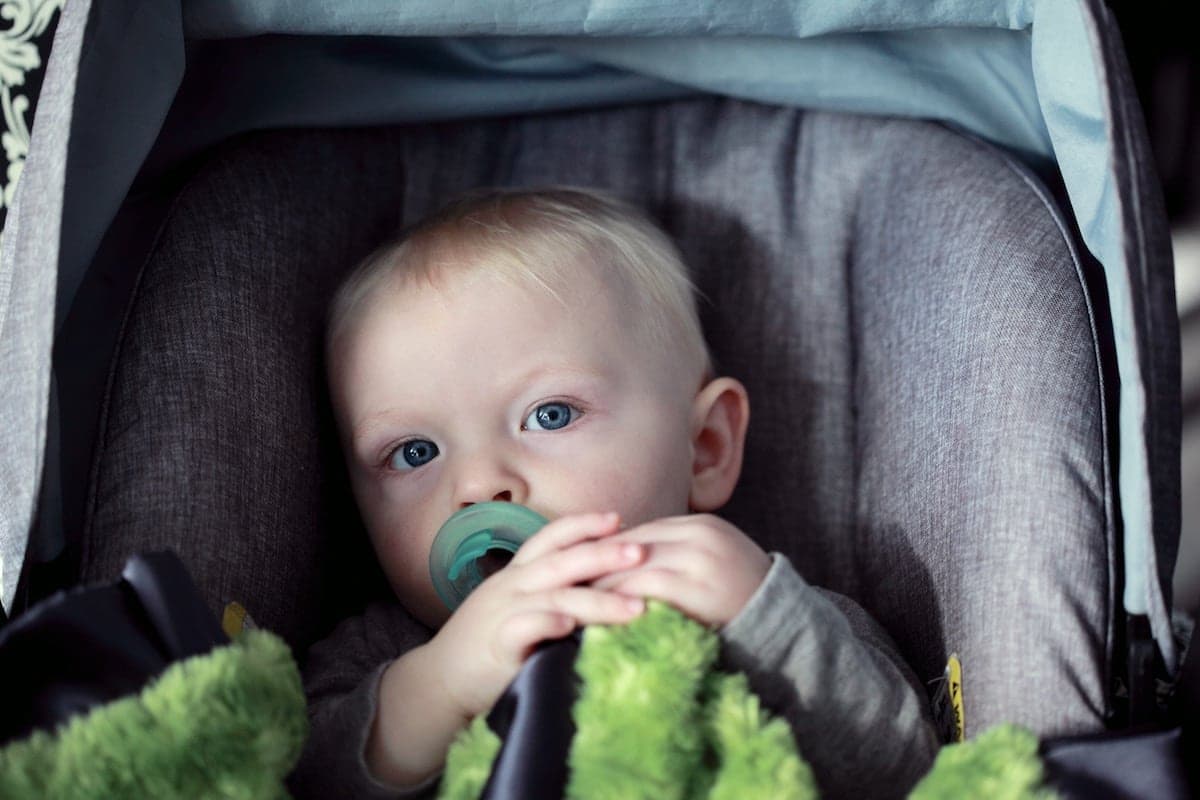The Ultimate Guide to Manitoba Car Seat Laws
By Yuri Sychov | Published on 06 Jun 2023

It’s vital to ensure your child’s safety when they’re in the car, and Manitoba has laws that parents should be familiar with. Understanding car seat regulations will help you to take all necessary measures to protect your little one when driving and avoid potential fines.
According to Canadian Automobile Association, car seats can significantly reduce the risk of injury and death. In fact, the risk of hospitalization of children aged under 4 years decreases by 67%. So what Manotiba car seat laws should you know, and what recommendations should you follow to maximize your child’s safety? Without further interruption, let’s explore the essential laws and guidelines that parents should be aware of when driving with a baby or toddler in Manitoba.
Child Car Seat Regulations in Manitoba
In Manitoba, it’s mandated by the Highway Traffic Act s.189(9) and Regulation 89/2013 that any child under 9 years old and weighing less than 36kg (80lb), and having a height less than 145cm (4’ 9”), must use a car seat or booster seat appropriate for their age, weight, and height. Before August 7, 2013, the requirements were different. Previously, it was mandatory for all children under the age of 5 and weighing less than 50 pounds to be properly secured in a restraining device.
Now, you are not legally required to use restraining devices for children younger than 5 years in Manitoba if their weight is over 36kg or their height is more than 145cm, but in some cases, it can be recommended to do so for safety reasons.
Here is a table of how the current regulation works so you can better understand it:
| Child’s characteristics | Is it required to use a restraining device (car seat/booster seat)? |
| A child under 9 years old, weighs less than 36kg, and has a height of less than 145cm | Yes |
| A child under 9 years old and weighs more than 36kg | No |
| A child under 9 years old and higher than 145cm | No |
| A child is over 9 years old | No |
These requirements can be slightly different across various provinces in Canada. For instance, in Ontario, restraining devices are mandatory for children under the age of 8, while weight and height requirements are the same. Car seats and booster seats must meet Canadian Motor Vehicle Safety Standards (CMVSS) in addition to being used as per their manufacturer’s instructions.
Not adhering to car seat regulations could put your child in danger and have repercussions on your car insurance coverage. If you are caught breaking the law, it may cause an increase in insurance premiums as insurers tend to view traffic offenses as a sign of reckless driving. This can negatively affect your status with them and lead to higher rates overall.
Furthermore, if there’s an accident where it is found that the youngster was not properly restrained according to Manitoba car seat laws, this could reduce any payout for medical costs or damages due to negligence by you – the driver – for failing to secure them adequately.
Manitoba Car Seat Laws: Child Seat Stages
Car seats are designed to align with the physical development of your child. Remember, adhering to the weight and height limits of any car seat or booster seat is a must for your child’s optimal safety. Now, let’s take a look at different car-seat stages.
Rear-facing car seats
Car seats are designed to provide ultimate safety for infants and very young children, equipped with a 5-point harness system that ensures they remain securely fastened. Infants should be in rear-facing car seats until they reach two years old and weigh 20kg (45lb). However, keeping children rear-facing for optimal safety is recommended as long as the seat manufacturer’s guidelines allow.
Forward-facing car seats
As children grow, they must transition from rear-facing car seats to forward-facing ones once their height and weight exceed the seat’s maximum limits. To ensure safety while on the road, kids should stay in these seats until they reach a minimum of 29.5kg (65lb).
Booster seats
Booster seats are designed for older children who have outgrown their car seats. Unlike traditional 5-point harness car seats, booster seats provide a comfortable way to elevate your child so that they can be safely secured with a standard seat belt. By law, kids should use this type of seating until reaching at least 145 cm (4’9″) in height, 36kg (80lb) in weight, or nine years old – whichever comes first.
Seat belts
Once kids have achieved the milestones outlined above, it’s time for them to switch over to a standard seat belt. Don’t forget that proper fit is key: make sure the lap strap lies snugly and low across the hips, while the shoulder strap should cross the middle of the chest without crossing the neck.
According to Manitoba law, it’s a must for all occupants of a vehicle – adults and children alike – to buckle up. It is especially important that kids under 12 ride in the backseat as this provides them with the best protection possible.
Buying, Installing, and Selling Car Seats in Manitoba
Selecting a car seat isn’t only about obeying Manitoba’s regulations but also ensuring that it is compatible with your vehicle and aligns with the physical parameters of your child. Parents should always verify the product they purchase meets Canadian Motor Vehicle Safety Standards (CMVSS). Plus, it can be rather difficult to find the best car seat for your needs in Manitoba, as there are numerous models and features to choose from.
You should also consider buying a car seat travel bag if you frequently travel by air with your kids and rent cars in different locations. It will keep your child’s car seat secure and make transportation easier.
Moreover, proper installation of the car seat is absolutely essential – in Manitoba, you could face legal consequences for using an improperly installed car seat. Follow manufacturer instructions precisely, and check for the correct angle and tightness while installing your car seat.
As per the Retail Sales Tax Act, Section 2, car seats (as part of child safety restraint systems) are exempt from provincial sales tax in Manitoba. However, a goods and services tax of 5% is applicable on these items.
Considering that children grow fast, you will likely change at least one car seat before it expires. So, what about selling used car seats in Manitoba? In Manitoba, selling used car seats is perfectly acceptable as long as they haven’t expired and have never been involved in a collision. You can sell them through online marketplaces. Remember that you may face legal consequences for selling expired car seats in Manitoba.
Fines for Non-Compliance to Manitoba Car Seat Laws
Failing to abide by Manitoba’s car seat regulations could have serious repercussions. In particular, if you are violating Manitoba car seat laws, be prepared for a hefty $299.65 fine – one of the highest penalties for this type of offense across Canada. So make sure you are following the abovementioned regulations.
